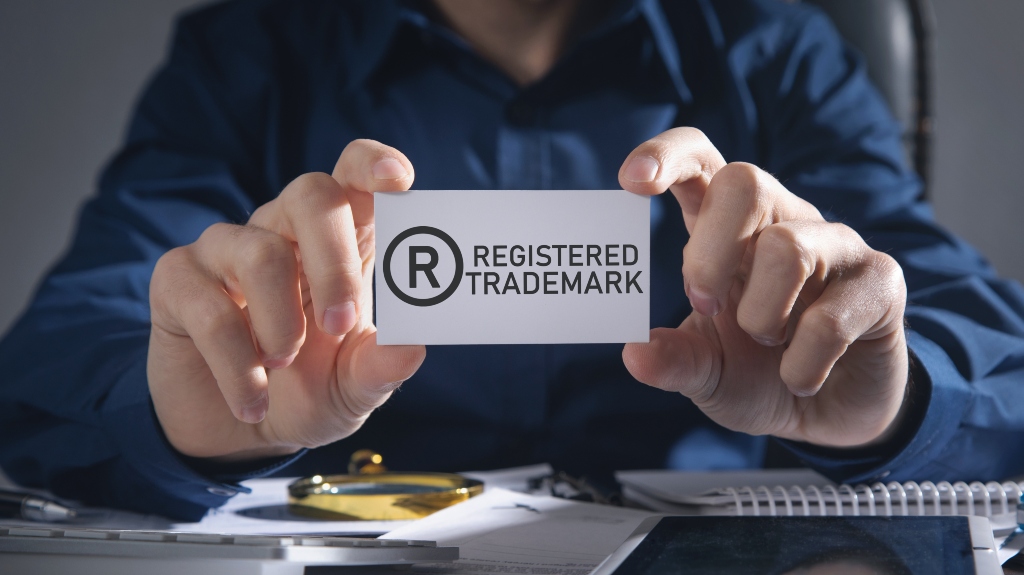
Mergers and Acquisitions (M&A) transactions are a cornerstone of the business landscape. While these transactions boost growth, they can come with a range of complexities, intellectual property being a big one.
A little due diligence goes a long way here. Find out more about this important process.
Intellectual Property in M&A
Intellectual property represents a large part of a company’s value. Many times, that company’s IP portfolio is its most valuable asset. Often, these transactions involve technology companies, media conglomerates, pharmaceutical giants, and other IP-rich entities.
With IP due diligence, there is a review of the target company’s intellectual property assets, liabilities, and strategies. During the valuation stage, this process determines the actual value of the intellectual property, so you know the exact worth of these assets.
A key part of M&A due diligence is verifying ownership of the IP assets to be transferred. After all, you can’t buy what the seller doesn’t actually own. This step involves studying the ownership trail for every patent and trademark asset to be transferred.
Risk identification uncovers any potential risks or liabilities associated with the target company’s IP portfolio. Many times, this involves ongoing IP litigation, disputes, or the risk of infringement claims from third parties.
Compliance assessment examines whether the business complies with intellectual property laws and regulations. The new company could face future legal issues or regulatory non-compliance without this step.
Finally, the company’s efforts to protect and enforce its IP rights are assessed. These actions may include cease and desist letters, licensing agreements, and patent filings.
Preventing Issues Through IP Due Diligence
If you don’t conduct due diligence, it can lead to many issues. One famous example involves Volkswagen and Rolls Royce. Volkswagen purchased the Rolls Royce and Bentley companies for $900 million. However, the company failed to realize that the deal did not include the Rolls Royce trademark.
You want to avoid ending up like Volkswagen. Some ways to mitigate any IP challenges include:
Get an Early Start
You will want to begin the IP due diligence as early as possible in the M&A process. With that, you will have plenty of time to navigate issues and make better decisions for your business.
Seek Knowledgeable Help
You also need to hire an experienced legal team that understands M&A due diligence, especially with a focus on IP law.
Complete a Portfolio Review
A thorough review of IP assets, including patents, trademarks, copyrights, and trade secrets, should be a priority at this stage. Before taking those next steps in the process, you need to know the full scope of the target’s IP portfolio. Otherwise, you could end up with a few surprises in the future.
Consider International Laws
In cross-border transactions, accounting for international IP laws and regulations is necessary. You need to make sure those future IPs align with international treaties, foreign patent registrations, or other jurisdiction-specific IP laws.
The Value of IP Due Diligence
IP due diligence protects you against unforeseen risks. Along with that, it allows you to use IP assets for their maximum value. You can also use these assets to align with your business goals, which helps with post-acquisition success.
IP due diligence remains the cornerstone of successful M&A transactions. Understanding IP due diligence can help you reap the rewards of these valuable assets.
When it comes time for this process, make sure to contact BOAG LAW. We can help answer all your questions and concerns about intellectual legal matters. Contact us online or call 212-203-6651 for a consultation.